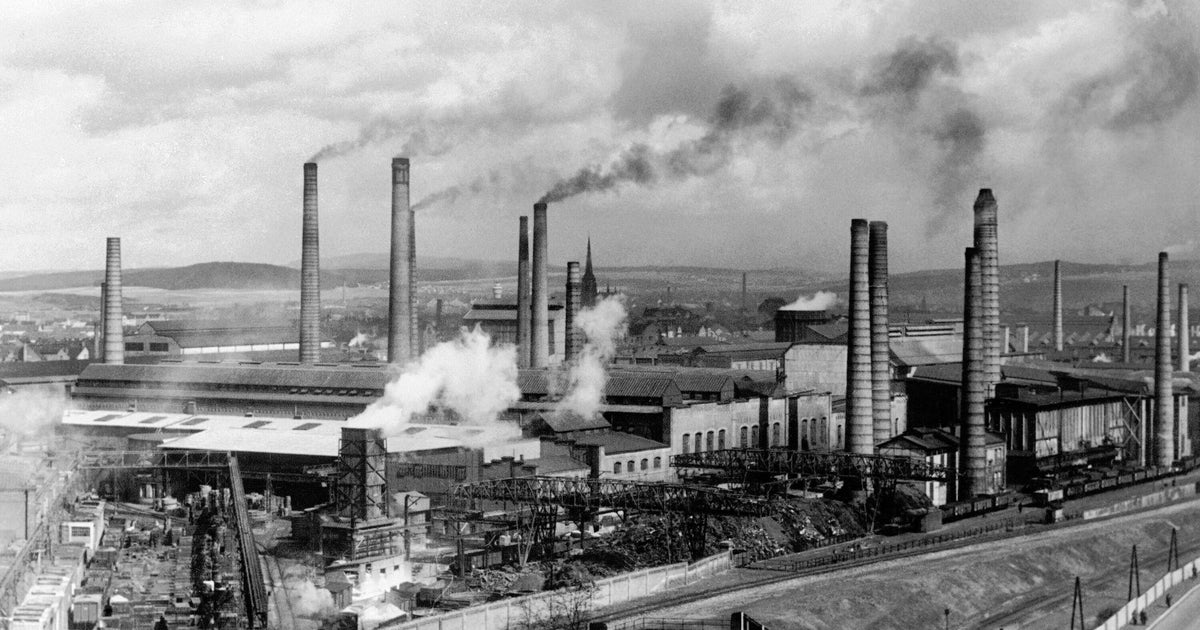Carbon dioxide levels are higher than they've been at any point in the last 3.6 million years
Carbon dioxide (CO2) and methane levels in the atmosphere continued to rise in 2020, with CO2 level reaching their highest point in 3.6 million years, according to calculations by the National Oceanic and Atmospheric Administration. The barrier was broken despite a reduction in expected emissions caused by the COVID-19 pandemic.
NOAA reported that the global average of atmospheric CO2 hit 412.5 parts per million (ppm) in 2020, a rise of 2.6 ppm from 2019, the fifth-largest increase since they began measuring atmospheric CO2 levels 63 years ago. The rise happened despite an estimated 7% reduction in global emissions due to the pandemic. Pieter Tans, the senior scientist at NOAA's Global Monitoring Laboratory, estimates that 2020 would have been a record-breaking year had it not been for the pandemic.
Scripps Institution of Oceanography at UC San Diego released similar findings Wednesday, saying their measurements showed atmospheric CO2 levels to be 417.4 ppm at their monitoring station in Hawaii. Scripps noted that this puts atmospheric CO2 levels 50% higher than they were just prior to the industrial revolution.
Scripps also noted that the amount of CO2 accumulating in the atmosphere is accelerating. "It took over 200 years for levels to increase by 25%, but now just over 30 years later, levels are at a 50% increase," the institution said. Should the current trends continue, it predicts that CO2 levels will be twice as high as pre-industrial levels in about 55 years.
CO2 is considered a greenhouse gas because of its ability to trap heat. According to a recent NASA study, greenhouse gases and suspended pollution particles in the atmosphere caused by the burning of fossil fuels are responsible for the the majority of the warming documented over the last century.
According to NOAA, the amount of CO2 in the atmosphere is now similar to a time when the Earth was about 7 degrees hotter than it was in the pre-industrial time period and sea levels were nearly 80 feet higher than they are today.
NOAA also found that levels of methane, another greenhouse gas, increased dramatically in 2020. "NOAA's preliminary analysis showed the annual increase in atmospheric methane for 2020 was 14.7 parts per billion (ppb), which is the largest annual increase recorded since systematic measurements began in 1983," the administration said.
NOAA did note that, as is typically the case, this report is preliminary and the final calculation of greenhouse gas levels is usually slightly lower than the preliminary numbers. It said that, even with the final calculations, "the 2020 increase is likely to remain one of the largest in the entire record."






